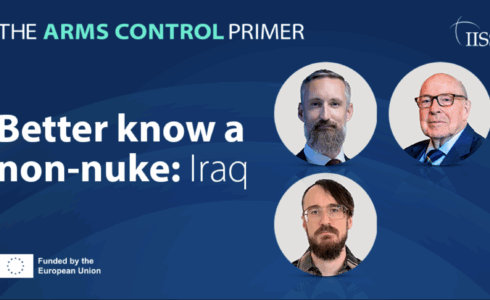
Dr. Stephen Herzog discusses the Iraq case and lessons for nuclear nonproliferation and verification on IISS podcast.

Death Dust explores the largely unknown history of the rise and demise of RW—sometimes portrayed as a “poor man’s nuclear weapon”—through a series of comparative case studies across the United States, the Soviet Union, the United Kingdom, Egypt, and Iraq.

Article on Russia’s relationship with the axis of resistance, to balance ties with Arab countries, including Israel, its encouragement of anti-American activities among Iran-backed groups, and the U.S. challenge to counteract by addressing conflicts and disrupting the partnership between Russia and the axis.

This seminar focuses on the findings of the recently published book “Death Dust: The Rise, Decline and Future of Radiological Weapons Programs.”
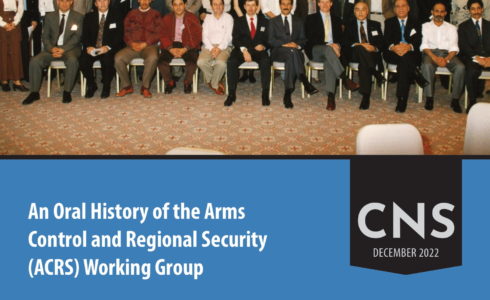
The report contains a comprehensive account of the ACRS Working Group meetings during the 1990s.
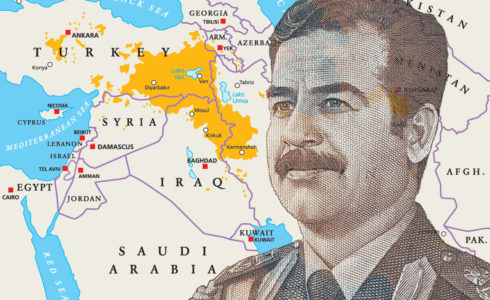
From Saddam’s Iraq to Putin’s Russia, habits of opacity make it hard to definitively assign responsibility for atrocities.
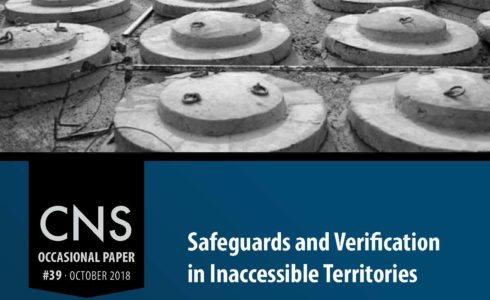
Identifying lessons from Iraq, Libya, Syria, Fukushima/Japan, and Crimea/Ukraine.
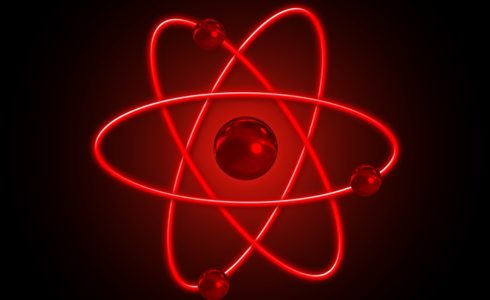
A report that the Islamic State almost stumbled upon radioactive material in Mosul–cobalt-60, used in radiation therapy–raises a profound dilemma about cancer treatment in developing countries.
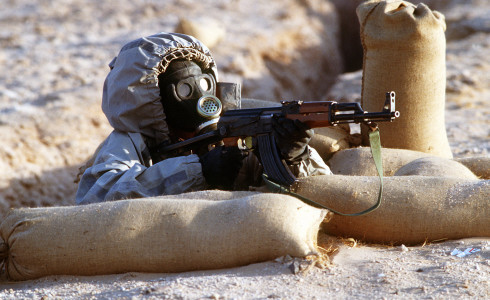
ISIS may be able to manufacture its own mustard gas, continuing a decades-long history of chemical weapons use in the region.